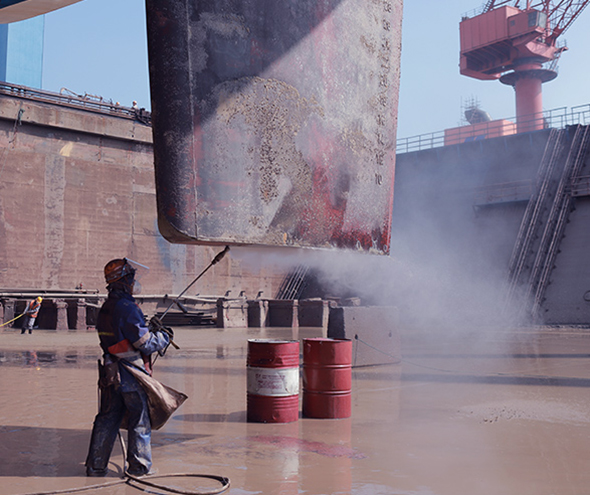
Proper surface preparation is crucial in the marine and shipbuilding industry, as many coating failures result from inadequate cleaning. Ensuring a clean and well-prepared hull surface is essential for the coating's durability and effective corrosion protection in ship construction, ship maintenance, and ship repair.
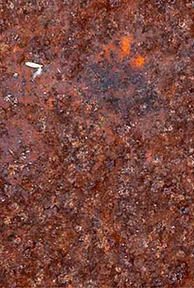
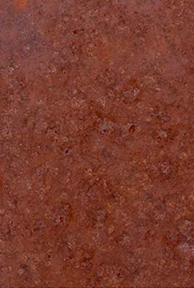

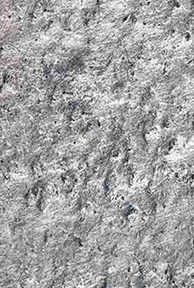
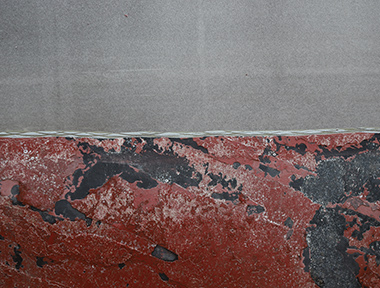
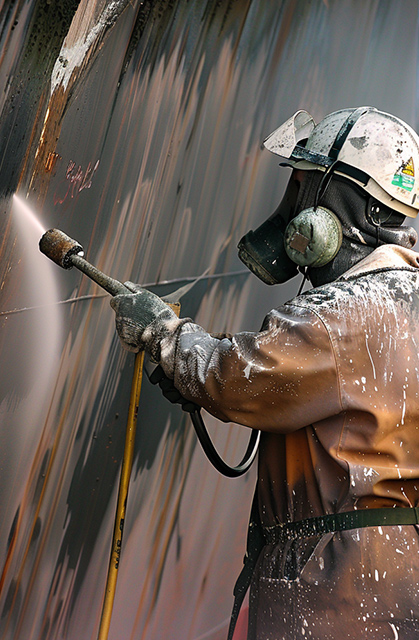
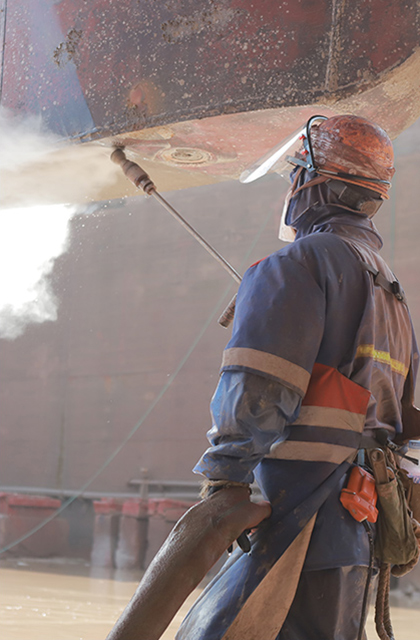
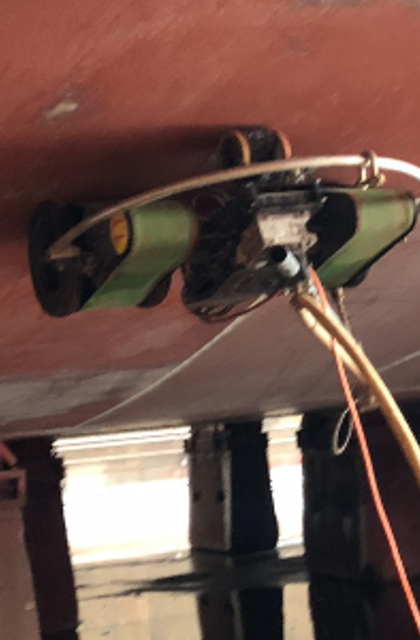
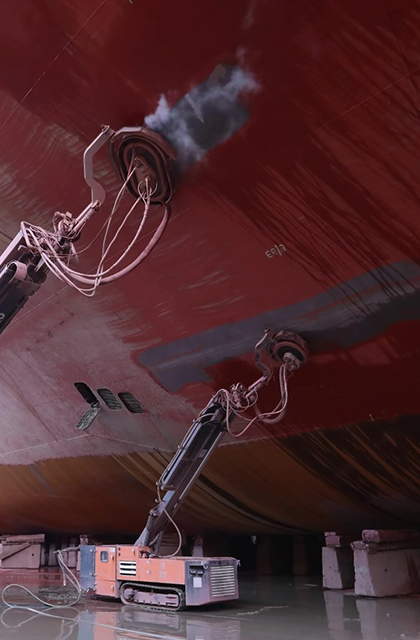
| Items | Abrasive Blasting | Manual hydroblasting | Wall-climbing robot | Treatment Carrier |
|---|---|---|---|---|
| Efficiency | 6 - 8 ㎡ /h | 6 - 8 ㎡ /h | 15 - 30 ㎡ /h | up to 50/120 ㎡/h |
| Required Equipment |
Scaffold, abrasive materials, blasting pot,
air compressor, and containment system, etc. |
Scaffold, high-pressure water jet systems,
hoses, UHP pump, protective gear, etc. |
Robot unit, UHP pump, electronic cabinet,
long electronic wires, fall arresters, and safety harnesses, etc. |
All-in-one system with built-in electronic
and recovery modules |
| Required Labor |
High labor demand for setup, operation, and
maintenance |
Very high labor demand for manual operation
and safety oversight |
Moderate labor demand for setup and
monitoring |
Low labor demand due to automation and remote
operation capabilities |
| Working Coverage |
100% | 100% | 45% | 95% |
| Cleaning Effect |
Manual cleaning cannot reach the request
result one time, needs to be cleaned several times, and prepared surface is less
consistent |
Manual cleaning cannot reach the request result one time, needs to be cleaned several times, and prepared surface is less consistent | Effective in accessible areas but may
struggle with complex geometries |
Consistently high cleaning quality, meeting
near-white metal standards (WJ-2 / Wa 2½) |
| Risk Points | High risk of dust and particulate exposure, potential for equipment-related injuries | High risk of respiratory issues, physical strain, and accidents | Potential for mechanical failure and falling risk due to excessive water pressure and the magnet's adsorption ability weakness | Minimal |
| Environmental Impact | Extremely air pollution | Contaminate local water bodies and requires large volumes of water and energy, potentially impacting marine ecosystems and local resources, and proper waste management is crucial to mitigate these environmental risks | Recycling and sewage treatment facilities must be equipped | Dust-free, water-saving and environmentally friendly with 99% wastewater recovery |
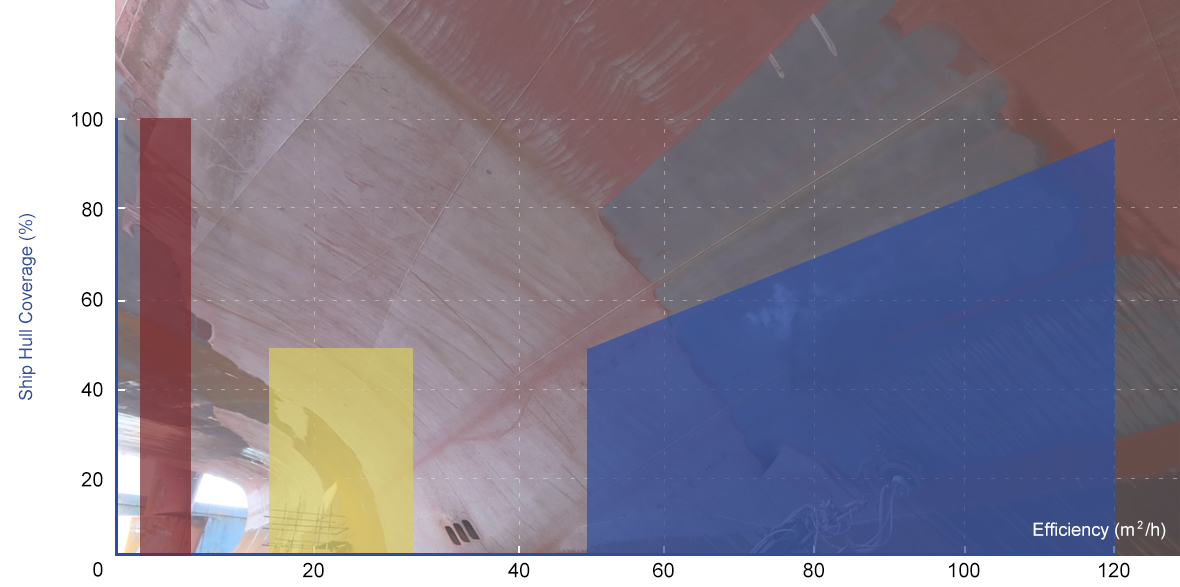




Manual Blasting

Magnetic Hull Crawler

D10

X25
